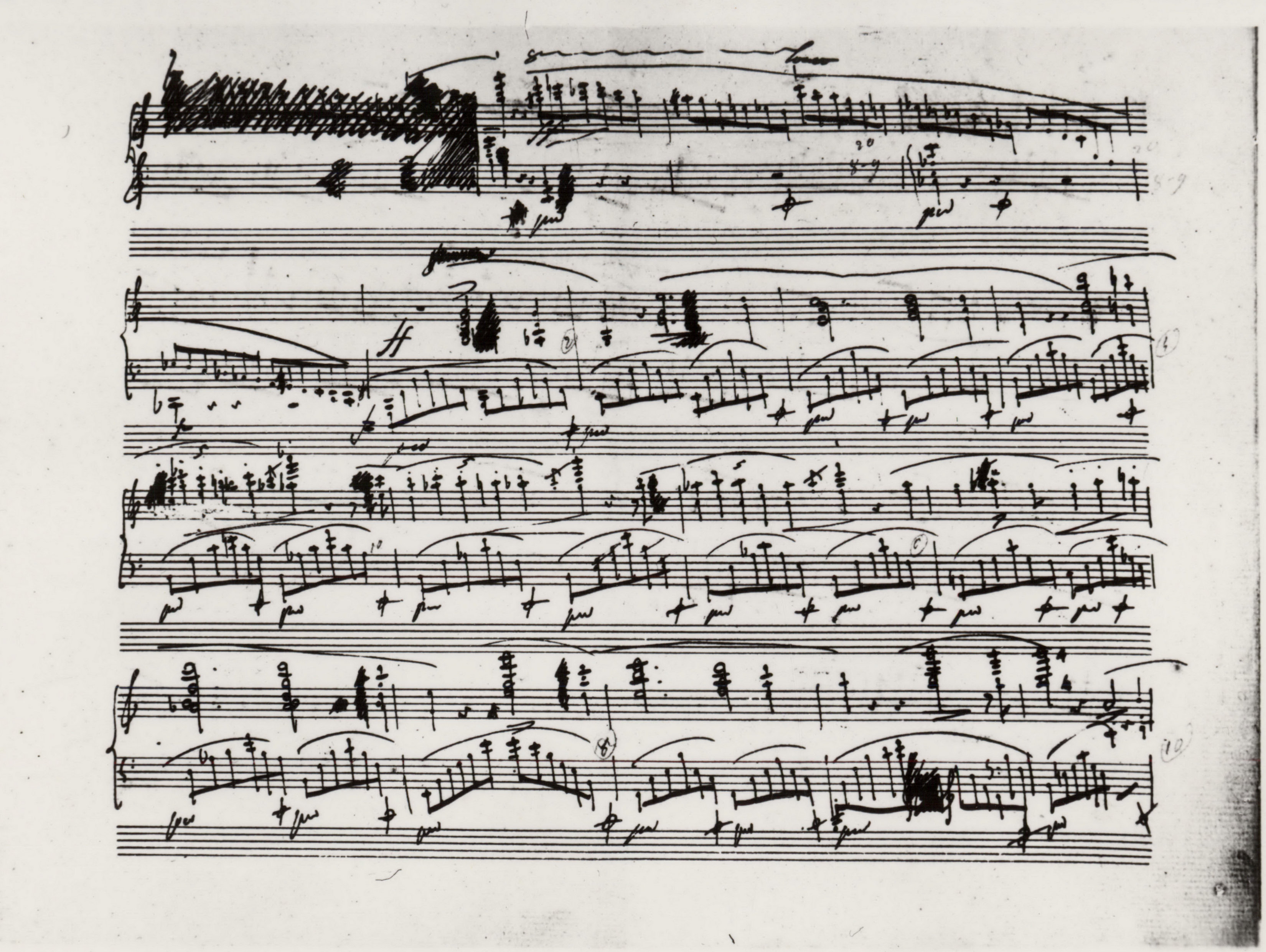



In A (→FE), the b 2-b2 augmented unison is written in such a way that the stem reaches only the left notehead (b2). In A, the notation is clear, since the stem is placed to the right of the notehead, hence it falls between both notes, and the gap between the right note and the next e2-c3 sixth is evident. However, FE, although the notation is practically the same, placed the stem (in accordance with the rule) to the left of the b2 notehead, while b
2-b2 augmented unison is written in such a way that the stem reaches only the left notehead (b2). In A, the notation is clear, since the stem is placed to the right of the notehead, hence it falls between both notes, and the gap between the right note and the next e2-c3 sixth is evident. However, FE, although the notation is practically the same, placed the stem (in accordance with the rule) to the left of the b2 notehead, while b 2 is so close to the sixth that both GE1 (→GE1a,GE2) and EE interpreted these notes as a chord: e2-b
2 is so close to the sixth that both GE1 (→GE1a,GE2) and EE interpreted these notes as a chord: e2-b 2-c3. It was only GE3 (→GE4) that guessed how the version of FE is to be understood. See also b. 171.
2-c3. It was only GE3 (→GE4) that guessed how the version of FE is to be understood. See also b. 171.
Compare the passage in the sources »
category imprint: Graphic ambiguousness; Differences between sources
issues: Inaccuracies in FE, Errors in EE, Errors in GE, GE revisions
notation: Pitch

